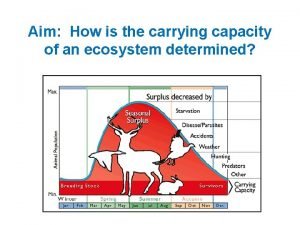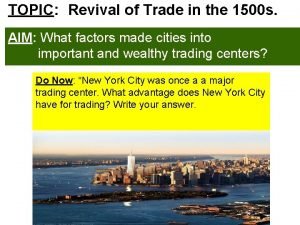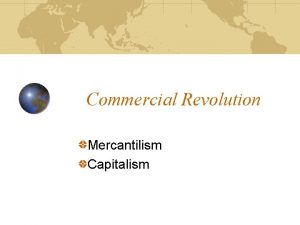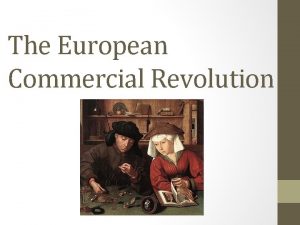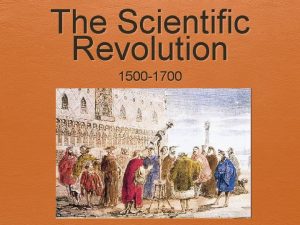COMMERCIAL REVOLUTION 16 th century approx 1500 1700








- Slides: 8

COMMERCIAL REVOLUTION (16 th century: approx. 1500 -1700)

• Significance: brought about age of discovery and exploration

Causes • population growth: 60 million in 1400; 75 million in 1500; 100 million in 1600 • “price revolution”: (long slow upward trend); increased food prices, increased volume of money, influx of gold & silver from the New World. • rise of capitalism (laissez-faire): entrepreneurs; bourgeoisie at the forefront

Capitalism • Capitalism had existed in some forms in antiquity, but faded away with manorial system of the Middle Ages. • Investment and money lending (usury) limited by Church laws. • Revived in the late Middle Ages through trade (Hanseatic League) and population growth. • Entrpenuers ignore church laws banning usury, leading to growth in banking.

Banking • First major banking firms being in northern Italy (Medici) • Northern Europe: – Fugger family of Augsburg – Jakob Fugger (14591525) – Financed Charles V.

New Kinds of Business • Banking expanded to Antwerp in 16 th c. , Amsterdam in 17 th c. • chartered companies: state provided monopolies in certain area (BEIC, DEIC), governments profited from ventures. • joint-stock companies: investors pooled resources for common purpose (forerunner of modern corporation), reduced risk.

Other Causes • stock markets: e. g. , Bourse in Germany • “Putting-out” Industry –cottage industries grow. • new industries: cloth production, mining, printing, book trade, shipbuilding, cannons & muskets • consumer goods: rice, sugar, tea, spices • mercantilism: nations sought self-sufficient economy; “bullionism”

Results • Imports of silver from the New World and population growth led to inflation – effected the poor and peasants the most. • Landowners, merchants, artisans grow rich – reinvest money in exploration ventures. • Population growth and enclosure pushed people of the land into cities • Establishment of poor relief

